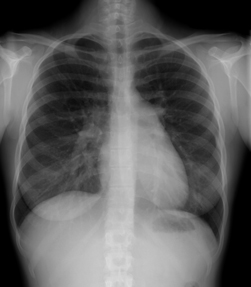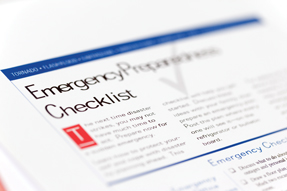Gain efficiency, not overload, through electronic communication
Use digital communications' strengths to streamline its glut of information instead of being carried away.
Electronic health records (EHRs), meant to help medical practices automate and delegate, often instead add a whole new layer of work that is overwhelming physicians and their staff. The key to successful use of EHRs is to find a way to use all the data, point-of-care tools, evidence-based resources, coding and payment tools, and hand-held and computer-based applications to save rather than spend time.
Even before electronic communication, physicians were feeling overloaded. The continuous influx of paper reports, results, requests and publications was already overwhelming. So, what can you do to manage the information overload and make more efficient use of your time in today's technology-dependent world?
Here are some tips and strategies to make more efficient use of electronic tools:
Let the EHRs do the multitasking for you. Many physicians naturally manage multiple patients with multiple conditions at the same time. However, too much multitasking can lead to lower productivity and higher stress. Clinical decision support tools integrated with EHRs can help in busy settings by providing alerts, reminders and checklists to ensure that necessary care is provided.
Delegate whatever you can, including communication. Are you doing things that others can do, including your patients? While it can be hard to take the plunge, many physicians have found that most patients can appropriately use electronic tools, including secure e-mail and patient portals, to access lab results and other clinical information.
Clear rules and guidelines can help manage these interactions. If your EHR vendor offers a patient portal, that is a good option to communicate directly with patients and allow them access to certain information in their chart. It can eliminate the added step or mutated message created by using an intermediary staff person or two. It can also reduce the number of phone calls to the office because the patient can see for himself or herself information that might otherwise require two or three phone calls to convey.
Use e-mail to your advantage. It's easy to keep professional and personal communications separate because there are so many e-mail services. You may want to set filters as high as possible to keep out spam. Some personal e-mail options, such as Gmail, offer excellent spam filtering, as well as the ability to import e-mail directly from your other e-mail addresses into your Gmail account, creating a single access point for e-mail. The “asynchronous” nature of e-mail lets you check e-mail when it is convenient.
Automate what you can. One of the strengths of computers is their ability to manage repetitive tasks, such as alerts and reminders. As practices use EHRs more extensively for chronic disease management, automation of electronic queries and reports becomes an important means to ensure that patients receive follow-up. (Practices without EHRs can use paper-based recall and reminder systems.)
Optimize your website. Your website can answer many questions that would otherwise require staff time, such as practice hours, directions, insurance plans accepted, links to affiliated facilities or trusted websites, and information about conditions or procedures common to your practice. You can also post downloadable forms that your patients or your office may need. It is also important to keep your practice's website up to date.
Patients are busy too and, believe it or not, they don't want to monopolize their physicians' time. Thus, an EHR-optimized practice can be a real bonus for the busy patient as well as the busy physician.
For more ideas on using electronic communication effectively, visit ACP's Running a Practice resources or visit American EHR resources.




